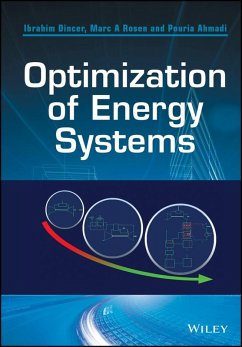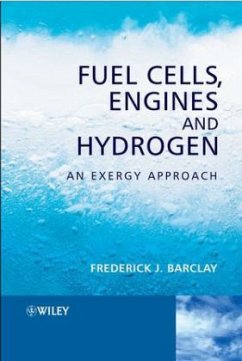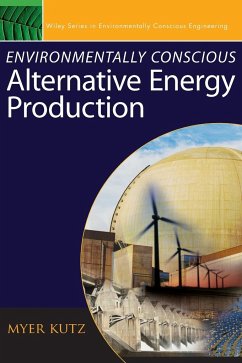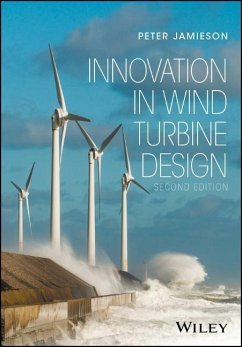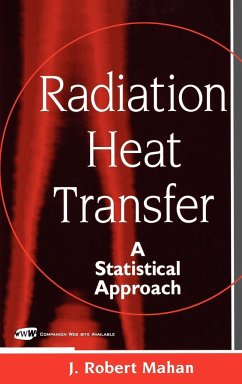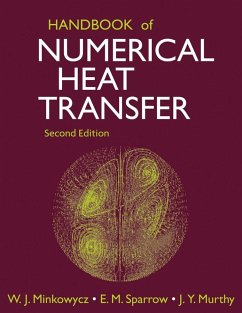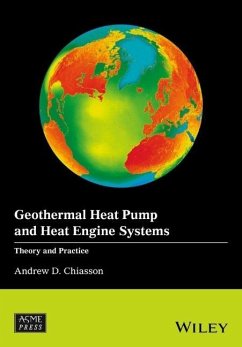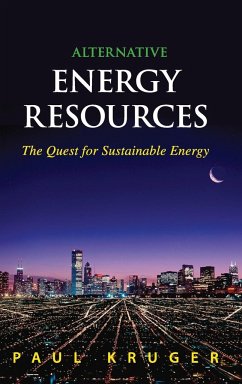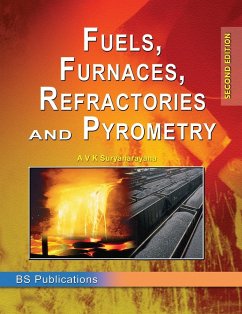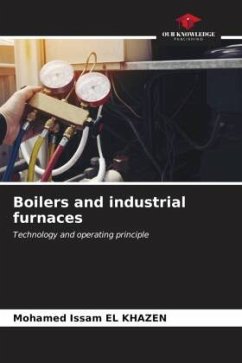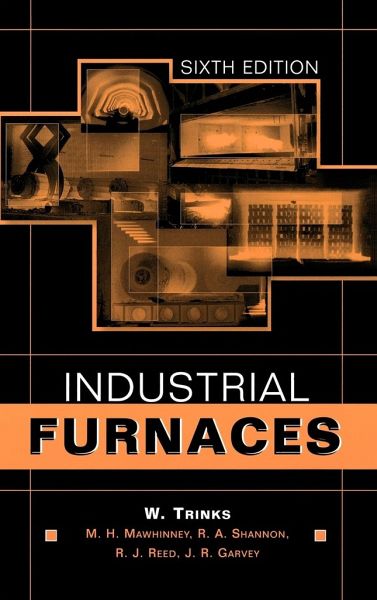
Industrial Furnaces
Versandkostenfrei!
Versandfertig in über 4 Wochen
177,99 €
inkl. MwSt.

PAYBACK Punkte
89 °P sammeln!
The fully updated edition of the "furnace man's bible"This new revision of Industrial Furnaces, the cornerstone volume in the field, provides up-to-date, reliable guidance for how to best use furnaces.Continuing a long tradition as a dependable reference, this Sixth Edition helps engineers adjust to changing modes of furnace operation with valuable know-how in critical areas in which experience counts as much as analytical skills.Thorough discussions address the latest hard information and data for working with industrial furnaces across all industries and specialties, including steelmaking, c...
The fully updated edition of the "furnace man's bible"
This new revision of Industrial Furnaces, the cornerstone volume in the field, provides up-to-date, reliable guidance for how to best use furnaces.
Continuing a long tradition as a dependable reference, this Sixth Edition helps engineers adjust to changing modes of furnace operation with valuable know-how in critical areas in which experience counts as much as analytical skills.
Thorough discussions address the latest hard information and data for working with industrial furnaces across all industries and specialties, including steelmaking, ceramics, and chemical processes. Broadened coverage in this new edition includes material on furnaces used for composites, glass, ceramics, and other nontraditional materials.
Industrial Furnaces, Sixth Edition is a must-have for use by everyone working with industrial heat processing.
This new revision of Industrial Furnaces, the cornerstone volume in the field, provides up-to-date, reliable guidance for how to best use furnaces.
Continuing a long tradition as a dependable reference, this Sixth Edition helps engineers adjust to changing modes of furnace operation with valuable know-how in critical areas in which experience counts as much as analytical skills.
Thorough discussions address the latest hard information and data for working with industrial furnaces across all industries and specialties, including steelmaking, ceramics, and chemical processes. Broadened coverage in this new edition includes material on furnaces used for composites, glass, ceramics, and other nontraditional materials.
Industrial Furnaces, Sixth Edition is a must-have for use by everyone working with industrial heat processing.





